The highest return isn’t always the one that puts the most in your pocket. Why? Because it’s not what you make that’s important, but what you keep—net of fees, expenses, and taxes.
When comparing returns on investments, we need to look at the net return, not the gross return. For example, a 10 percent taxable return could put less money in your pocket than a 6 percent tax-exempt return if you are in a 45 percent tax bracket. If you earn 10 percent on $100,000, you earn $10,000; however, if you pay 45 percent income tax, then you net only $5,500—which is less than the 6 percent ($6,000) tax-exempt return.
The lowest-cost investment is not always the best, either. For example, if an investment costs 2 percent per year but pays a net return (after an expense of 8 percent), that’s better than a 3 percent investment that’s free. Again, it’s not what you make, but what you keep—net of fees, expenses, and inflation.
You will sometimes hear about the “real rate of return” or “after-tax real rate of return.” It’s the actual financial benefit of an investment after you factor in taxes and inflation. If your investment earns 8 percent, but inflation averages 3 percent for the year, then your real (inflation-adjusted) rate of return is 5 percent.
“Beware the investment activity that produces applause; the great moves are usually greeted by yawns.” —Warren Buffett
When comparing a return on a portfolio to a benchmark, such as the S&P 500, we need to compare both returns, net of income tax, fees, and expenses. Often, the benchmark that looks higher than a portfolio return does not account for expenses or income tax. Our team takes a very conservative tax, allocation and expense-management approach that focuses on the highest net return for you, based on your personal situation—not the return that appears to beat a benchmark or appears to be higher than it really is.
Benchmarks can be helpful in comparing your portfolio’s performance to an industry figure. But comparing a portfolio to the wrong benchmark can lead to a misperception of how well you are doing. Often, investors compare their portfolios to the S&P 500 stock benchmark, even though they own investments other than large-cap stocks. That is not a relevant comparison.
Another example is if you are invested to generate reliable current income, to help maintain your lifestyle on an inflation-adjusted basis. This is a very different objective than beating the S&P. The most important benchmark is whether or not you can meet your current income needs and future goals with a portfolio that also meets your risk tolerance.
Often the real value of your trusted advisor is not selecting investments, but developing and monitoring an allocation that works for you. The advisor can also help take emotion out of investment decisions and thereby increase your overall net return. In fact, according to a February 2019 study by Vanguard1, implementing the Vanguard Advisor’s Alpha framework can provide, on average, 3 percent* more return (net of their fee’s) than people can achieve on their own. This is the
Looking at the largest return might not put the most money in your pocket. Moreover, a well-balanced portfolio may seem boring, yet this can provide a more suitable plan to help you reach your goal. Please contact our team with questions, to provide a second opinion or if we can otherwise be of service to you. Our goal is to help simplify your life and enhance your standard of living.
1 https://advisors.vanguard.com/iwe/pdf/ISGQVAA.pdf
This information has been obtained from sources considered to be reliable, but we do not guarantee that the foregoing material is accurate or complete. Any opinions are those of the professionals at Carver Financial Services, Inc., and not necessarily those of Raymond James. Links are being provided for information purposes only. Raymond James is not affiliated with and does not endorse, authorize or sponsor any of the listed websites or their respective sponsors. Raymond James is not responsible for the content of any website or the collection or use of information regarding any website’s users and/or members.
Investing involves risk and you may incur a profit or loss regardless of strategy selected, including diversification and asset allocation.
The S&P 500 is an unmanaged index of 500 widely held stocks that is generally considered representative of the U.S. stock market. Past performance may not be indicative of future results. Keep in mind that individuals cannot invest directly in any index, and index performance does not include transaction costs or other fees, which will affect actual investment performance. Individual investor’s results will vary.
Examples provided are hypothetical for illustration purposes only. Actual investor results will vary. Raymond James and its advisors do not offer tax or legal advice. You should discuss any tax or legal matters with the appropriate professional.
* The actual amount of value-added may vary significantly, depending on client circumstances.

 The News-Herald
The News-Herald











